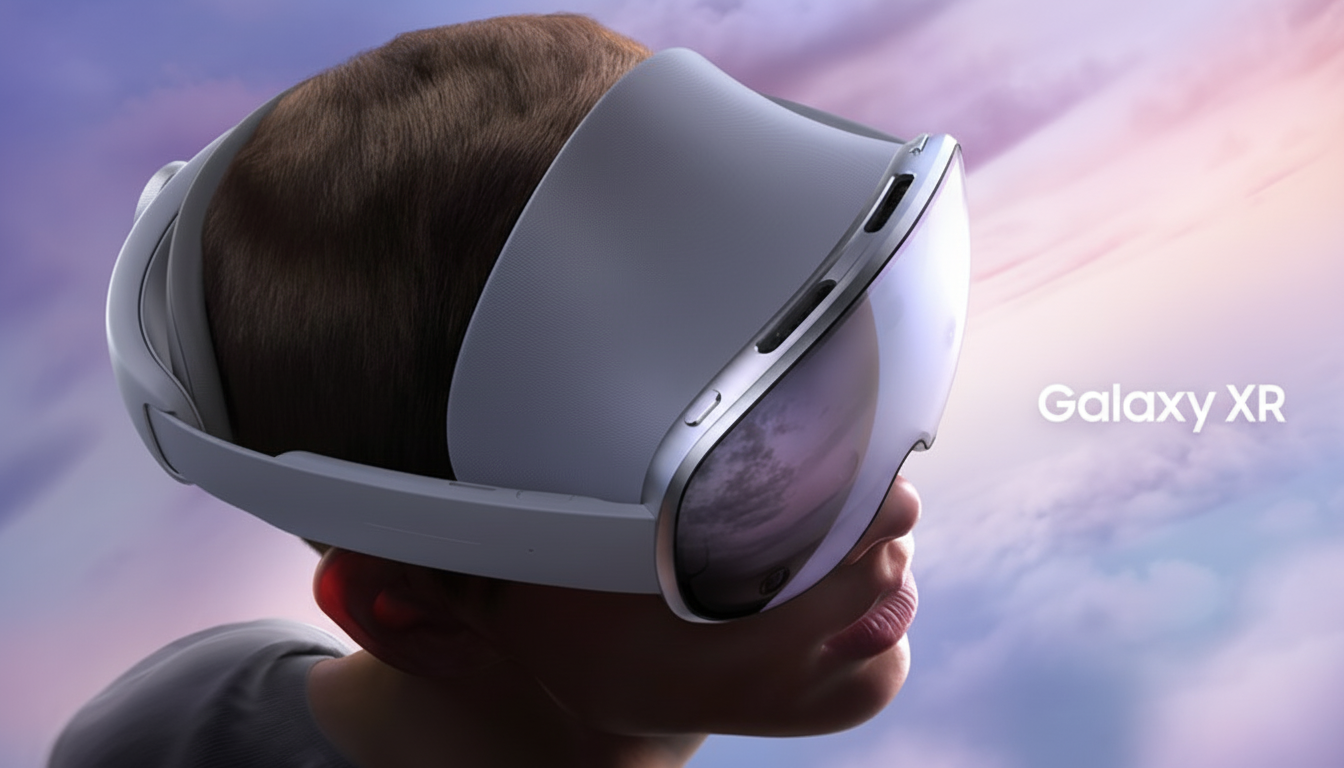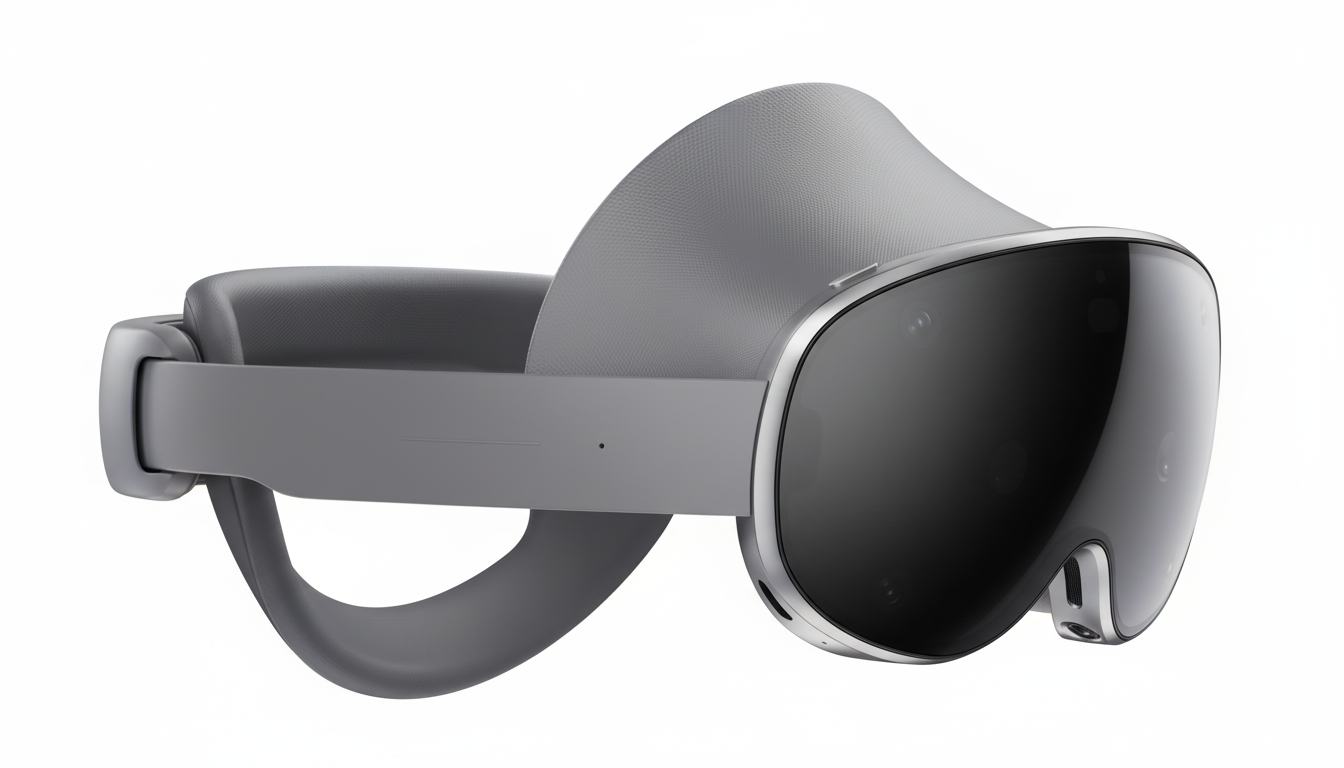The dedicated unlocked GSM version of Samsung’s Galaxy XR is not only much cheaper than the retail-ready model but also carries a surprising gift for power users that owners of its predecessor could never have imagined: a functional OEM Unlock toggle.
Confirmed by noted XR analyst Brad Lynch after digging through Developer Options, the capability is wholly at odds with Samsung’s recent crackdown on phones and tablets, which has seen bootloader unlocking severely curtailed or removed from many models in multiple regions.

At an MSRP hovering around $1,800, the Galaxy XR was also in the spotlight as the center of Samsung’s mixed reality push based on Android. Now, it’s even a rare mainstream headset that allows deep system access officially, potentially setting the bar for how open an XR device can get.
And Why Unlocking The XR Bootloader Is Important
Unlocking the bootloader is the magic gateway opening up all of this fun stuff and allowing developers to flash custom kernels, replace pretty much every part of the operating system from recovery on down, and reach far deeper than what an app will request permissions for. In XR, a category in which performance, latency, sensor fusion, and camera passthrough quality are the difference between making users sick or not, such access allows for experimentation that no app-level APIs could come close to.
Now engineers will be able to experiment with alternative OpenXR runtimes, tweak GPU drivers for new rendering paths, refactor inside-out tracking stacks, or develop research-grade mixed reality capture pipelines with full control.
It also gives developers the opportunity to explore niche but high-impact applications — say, custom foveated rendering strategies, advanced PC streaming optimizations, or accessibility-tuned interfaces that rely on changes that just can’t be made in a locked-down world.
A Rare Move In A Locked-Down Headset Market
Most consumer headsets keep their boot chains locked up. The Vision Pro from Apple arrives with a locked-down, signed-only booting process, and the Quest range from Meta does not have an official unlock route. There were indeed exceptions in the past — all you dedicated bunnies will remember the heyday of Oculus Go, or those tantalizing early Quest firmware exploits — but they were either brief and/or unofficial.
Which is why it makes Galaxy XR’s toggle so remarkable. It lands as Samsung is reversing the relative freedom that came with bootloaders in its phones and tablets, a reversal that vexed modders who have built custom ROM ecosystems for the best part of the last decade. Communities like the one around LineageOS, which makes it possible to run the software on hundreds of devices, supported and extended device life cycles and drove innovation, a spirit that a headset-line-jumping XR simulator will adhere in vain — well-timed Android XR momentum or no.

What Developers Could Make Next With Unlocked Galaxy XR
And the hardware, powered by Qualcomm’s Snapdragon XR2+ platform and its high-res displays, is ripe for experimentation. “Early projects will address kernel-level scheduler tweaks for decreased motion-to-photon latency, custom camera drivers for system-wide passthrough with greater fidelity, and alternative shell experiences that reimagine input mechanics and core multitasking.” On the content side, an unlocked system could support research apps that need privileged hooks or new codecs and transport layers for ultra-low-latency PC VR streaming.
Bootstrap access could also help “finalize” Android XR for the hardware, and then fit it more into something like the traditional upstream Android release flow and contribute with performance patches and API proposals influenced by real hardware rather than emulators, etc.
Will Samsung Keep It Unlocked Or Lock It Down Again?
Whether this form of unlock is a launch window mistake or lack of forethought on Valve’s part is unknown at this time. Early firmware is sometimes locked down in future OTAs. And while it’s unlikely that Samsung could reverse its approach in recent Galaxy phones, anything is possible. Conversely, signaling openness may be a strategic move to woo developers in what is still an early platform battle where breadth of content and technical credibility are important.
Buyers should probably assume the usual caveats apply.
- Unlocking the device requires a full wipe.
- It may blow a hardware fuse that determines if warranty/service is valid in some regions.
- DRM may be downgraded to Widevine L3, hurting protected video.
- Integrity checks such as Play Integrity or SafetyNet might be bypassed.
- Some apps or enterprise workloads could remain inaccessible until profiles are tuned for the headset.
The Bigger Picture For XR Openness And Innovation
If Samsung can continue to keep the door open, Galaxy XR will act as a rare testbed for system-level XR innovation in the mainstream — something academia, indie studios, and performance-obsessed users have wanted.
In a world of walled gardens, even one unlocked flagship can push the ecosystem toward more transparent development and faster iteration.
For now, the message is clear: Galaxy XR isn’t just another premium headset. It’s a sign that the future of Android-based mixed reality could be more hackable than we thought — just the sort of spark to ignite a developer community around a new platform.

